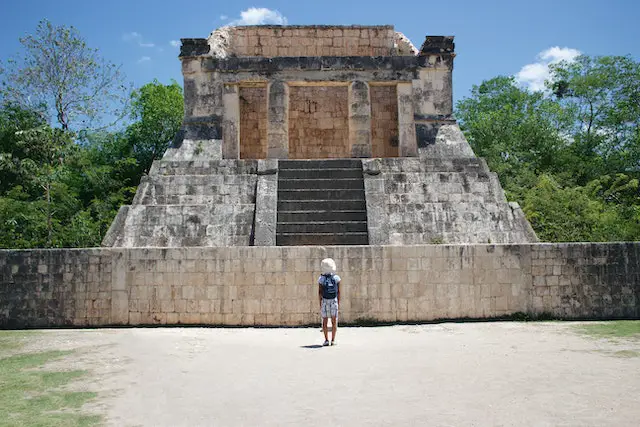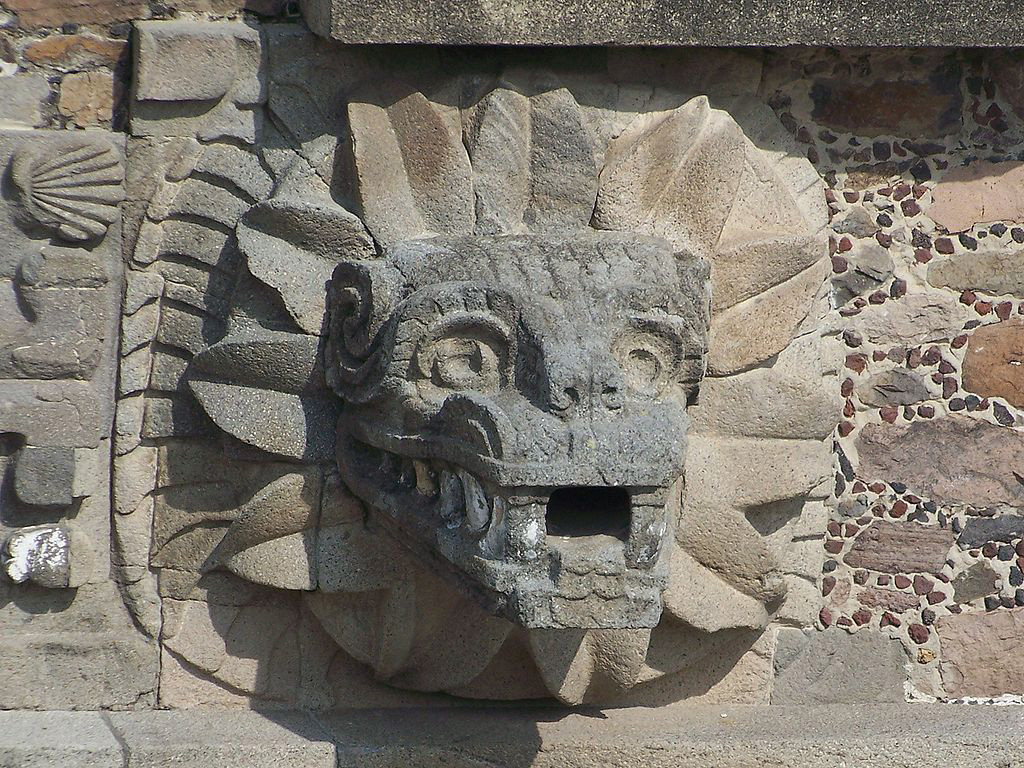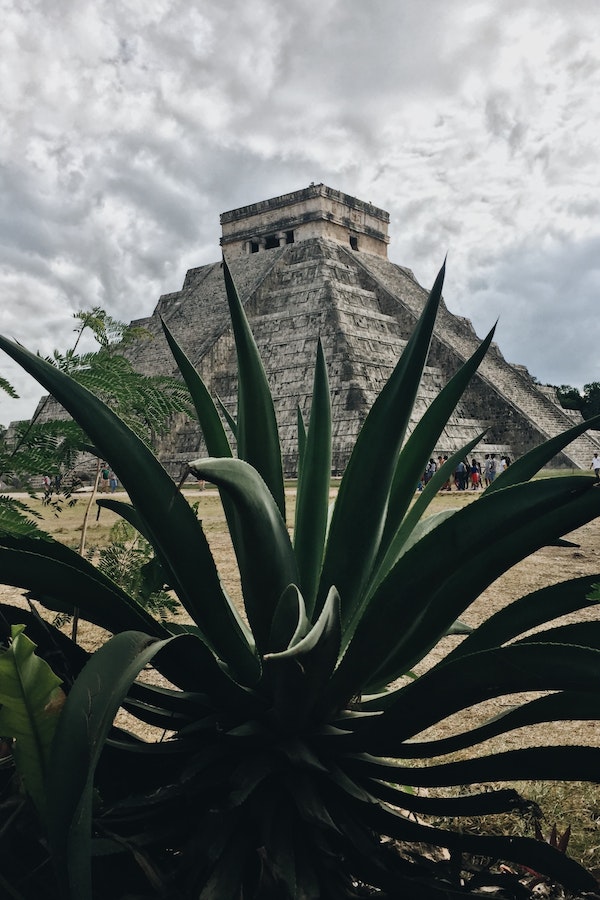
Enter the mystical realm of Mayan mythology, where gods and goddesses danced across the fabric of existence, shaping the beliefs and culture of an ancient civilization.
At the heart of this divine tapestry stands Hunab-Ku, the Supreme God, and a host of other deities who held sway over various aspects of Mayan life.
Join us as we delve into the awe-inspiring pantheon that once guided the Maya and explore the enduring legacy they left behind.
The Supreme God
In the sacred annals of Mayan mythology, Hunab-Ku stands as the ultimate creative force, revered as the center of the cosmos, and revered as the source of all existence. O
ften depicted as a single deity or as three combined entities, Hunab-Ku delicately wove the intricate threads of life, time, and space, intricately intertwining the profound essence of the universe.
With divine precision, Hunab-Ku orchestrated the dance of celestial bodies, the ebb and flow of seasons, and the harmonious symphony of creation, shaping the very fabric of reality itself.
As the cosmic weaver, Hunab-Ku’s presence resonated across the ethereal tapestry, infusing every corner of existence with its enigmatic power and eternal mystery.
- Read also: The Fascinating of Aztec Mythology
- Read also: Top 10 Sumerian Mythology Facts
Other Important Gods
In the pantheon of Mayan gods and goddesses, many deities held sway over specific aspects of life, ranging from the realms of nature to the hustle and bustle of society.
From turbulent storms to tranquil harvests, from flourishing culture to vibrant art, these divine powers touched every corner of Maya life.
Let us explore some of these lesser-known gods of the Mayan universe.

Kukulkan – The Feathered Serpent God
Kukulkan, the feathered serpent deity, with his majestic and serpentine form, symbolized the harmonious duality between the earthly realm and the vast expanse of the sky.
Revered by ancient civilizations for his profound wisdom and boundless knowledge, he was also deeply connected to the cycles of life and nature, embodying the energies of fertility and creation.
His presence brought forth a sense of awe and wonder, inspiring generations to seek enlightenment and embrace the interconnectedness of all things.
Itzamna – The God of the Sky
Itzamna, the supreme deity of the sky, soared gracefully above the mortal realm, presiding over the celestial expanse during both the radiant day and the enchanting night.
With his divine influence extending far and wide, he not only governed the heavens but also held sway over the sacred arts of writing, bestowing the gift of literacy upon mankind, healing, bringing solace and restoration to those in need, and the mystical practice of divination, unraveling the secrets of the future through ancient wisdom and profound insight.
Chaac – The God of Rain, Thunder, and Lightning
Chaac, the esteemed deity of rain in Mayan culture, held sway over the heavens with a potency that inspired reverence.
Through the resounding rolls of thunder and the dazzling bursts of lightning, he bestowed vital, life-nurturing showers upon the fields, ensuring the sustenance of crops and the rejuvenation of the land.
His mighty thunderclaps resonated across the terrain, serving as a constant testament to his formidable might and his pivotal place within the intricate rhythm of nature’s rejuvenation.
Ixchel – The Goddess of the Moon, Childbirth, and Medicine
As the nurturing moon goddess, Ixchel tenderly guided childbirth and provided soothing healing energies to those in need.
Her comforting and protective embrace enveloped individuals, offering solace and reassurance during their moments of vulnerability.
With her gentle touch and watchful presence, Ixchel brought not only physical healing but also emotional and spiritual well-being to those who sought her divine intervention.
Ah Puch – The God of Death and the Underworld
Ah Puch, the mighty ruler of the realm of the deceased, held dominion over the intricate labyrinth of the afterlife, where he skillfully guided souls through their transcendent journey.
His formidable presence, shrouded in an aura of mystique, elicited a potent blend of fear and profound respect within the hearts of the Maya people, who revered his power and acknowledged his significance in their cosmology and beliefs.
Yumil Kaxob – The Maize God
Yumil Kaxob, the embodiment of the life-giving essence of maize, stood as a symbol of sustenance for the Maya civilization.
As a staple crop, maize played a vital role in their daily lives, providing nourishment and sustenance.
The cycle of growth and harvest of this sacred plant not only sustained the people physically but also mirrored the very rhythm of existence itself, connecting them to the cycles of nature and the divine.

The Mayan Pantheon and Maya Society
The rich and intricate Mayan pantheon seamlessly integrated into every aspect of the daily lives of the Maya civilization.
Their fascinating and diverse gods and goddesses not only influenced their rituals, festivals, and social structure but also played a significant role in shaping their worldview and understanding of the cosmos.
The divine interplay between these deities and mortal beings formed a celestial tapestry that intricately linked the earthly and spiritual realms, creating a profound and profound sense of interconnectedness within the Mayan culture.
Legacy of the Mayan Pantheon
While the magnificent temples and bustling cities of the Maya may have crumbled and returned to nature’s embrace, the gods and goddesses they revered continue to thrive through the stories and art left behind.
The elaborate carvings and vivid murals unveil fragments of a captivating pantheon, where every deity boasts distinctive powers and profound significance.
The timeless influence of the Mayan civilization traverses epochs, entrancing the souls of those who venture into its cryptic intricacies, igniting an unquenchable thirst for unearthing the concealed truths and enigmas nestled within.
- Read also: Mayan Mythology: A Journey through the Ancient Civilization
- Read also: 10 Norse Mythology Facts That You Should Know
Conclusion
In the rich and sacred groves of Mayan folklore, where emerald leaves stir with murmurs of old mysteries, the divine beings and goddesses weave a hypnotizing spell that resounds across the ages.
From the celestial heights of Hunab-Ku, the supreme creator, to the benevolent spirits of nature that breathe life into every corner of the vibrant jungle, the Mayan pantheon stands as a testament to the profound connection between humanity and the divine.
As we embark on a wondrous journey into their mythical realm, we are enveloped in a tapestry of beliefs and dreams that reveals the very essence of an extraordinary ancient civilization.
FAQs
Yes, the Mayans worshipped a pantheon of deities, each representing different aspects of nature, life, and cosmic forces.
Rituals were integral to Mayan society, serving as a means of communication with the gods, seeking their blessings and guidance.
The Mayans believed in an intricate afterlife, with different realms in Xibalba for souls based on their deeds in life.
Elements of Mayan spirituality continue to be practiced by indigenous communities in Mesoamerica, reflecting a blend of ancestral traditions and syncretic influences.
Spanish colonization led to the suppression of Mayan beliefs, but remnants of their spirituality persisted, and there has been a resurgence of interest in recent times.



